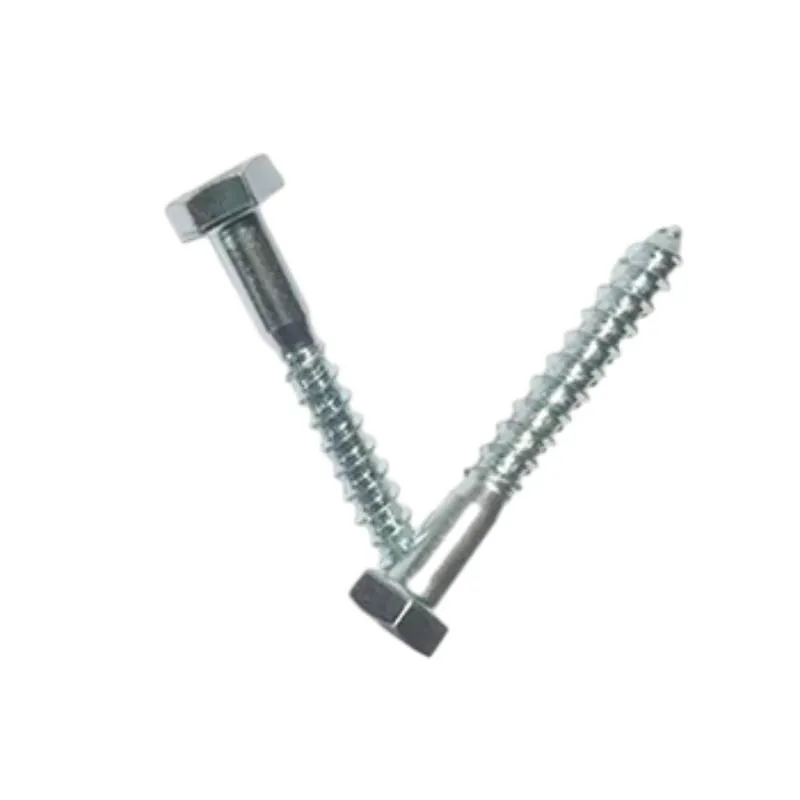sept. . 09, 2024 12:46 Back to list
threaded rods & studs
Understanding Threaded Rods and Studs Essential Components in Mechanical Engineering
Threaded rods and studs are two crucial fasteners used in various mechanical and construction applications. Their significance cannot be overstated, as they provide structural support, secure connections, and facilitate assembly in numerous projects. This article delves into the characteristics, applications, and advantages of these essential components.
What are Threaded Rods and Studs?
Threaded rods are long, cylindrical rods that feature external threads along their entire length. They are designed to be used in tension applications, where they exert pulling forces. Generally made from steel, stainless steel, or other alloys, threaded rods can withstand significant loads and are often used in environments requiring strong and durable fasteners.
Studs, on the other hand, are short lengths of material with threads on both ends or only on one end, leaving the other end smooth. Studs are often fixed in a component and are used to connect two parts by screwing nuts onto the exposed threaded ends. This makes them particularly useful in applications where tension needs to be maintained without the full length of the mating piece being threaded.
Applications in Various Industries
threaded rods & studs

Threaded rods and studs are ubiquitous across many sectors, including construction, automotive, aerospace, and manufacturing. In construction, they are frequently found in reinforced concrete structures, anchoring systems, and structural connections. In the automotive industry, they are used to secure various components, from engine parts to suspension systems. Aerospace applications often rely on their high strength-to-weight ratio, providing secure fastening in critical components while minimizing excess weight.
Advantages of Using Threaded Rods and Studs
One of the primary advantages of using threaded rods and studs is their versatility. They can be cut to desired lengths, making them suitable for a variety of projects. Additionally, their ability to provide a secure, strong connection with the ease of tightening and loosening offers convenience in assembly and maintenance processes.
Moreover, threaded rods and studs can be paired with various nuts and washers, enhancing their functionality and stability. They are also resistant to corrosion when made from appropriate materials, increasing their lifespan and reliability in challenging environments.
In summary, threaded rods and studs play an essential role in mechanical and structural engineering. Their strong, reliable connections and versatility in applications make them vital components in innumerable projects, ensuring safety and integrity across various industries. Understanding their characteristics and applications is crucial for engineers and designers aiming to develop effective and efficient solutions in their projects.


